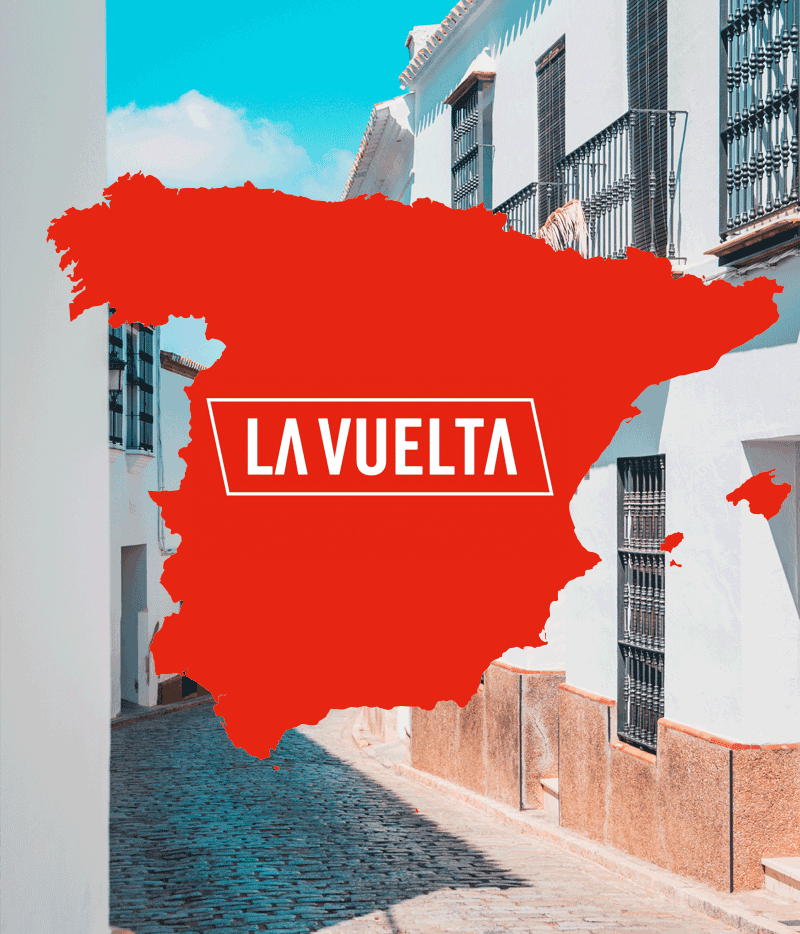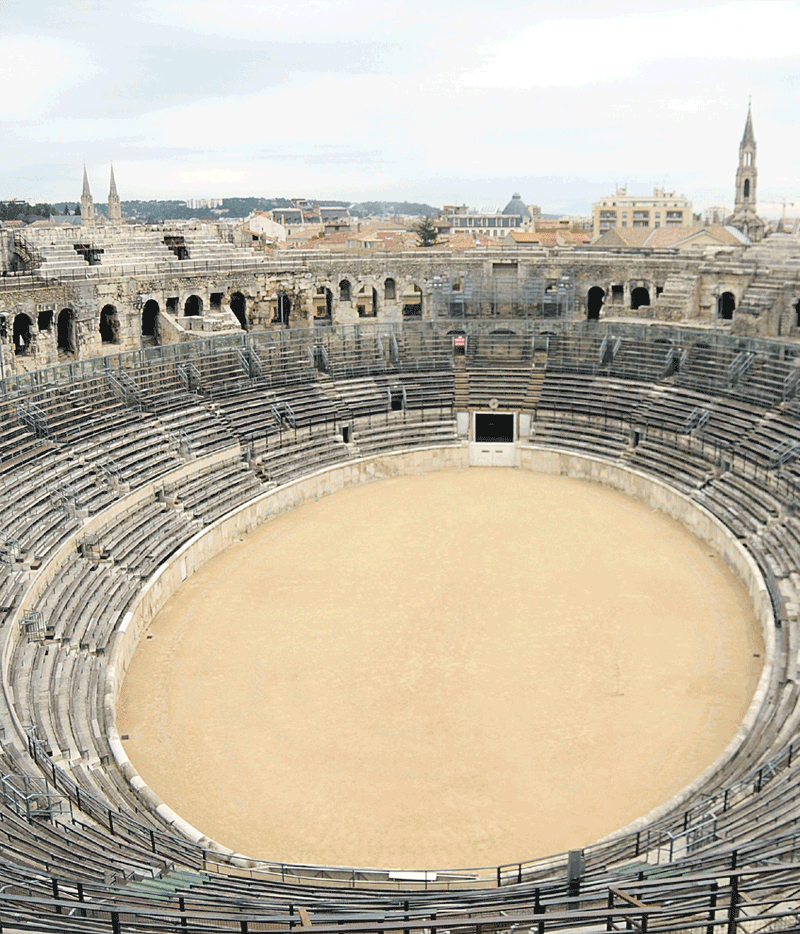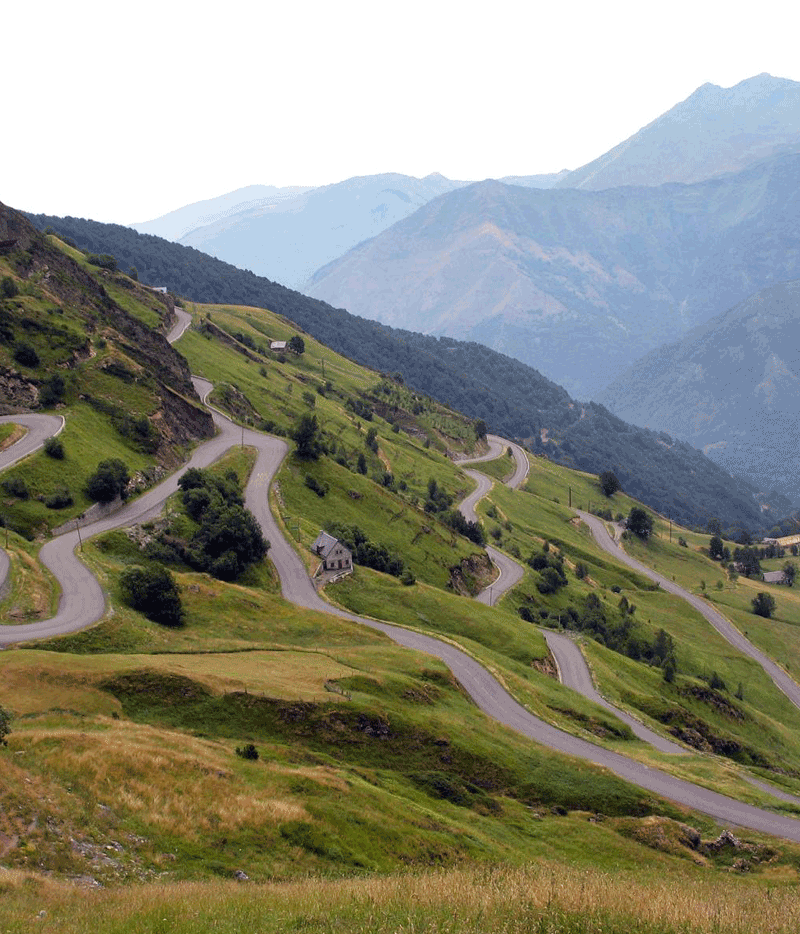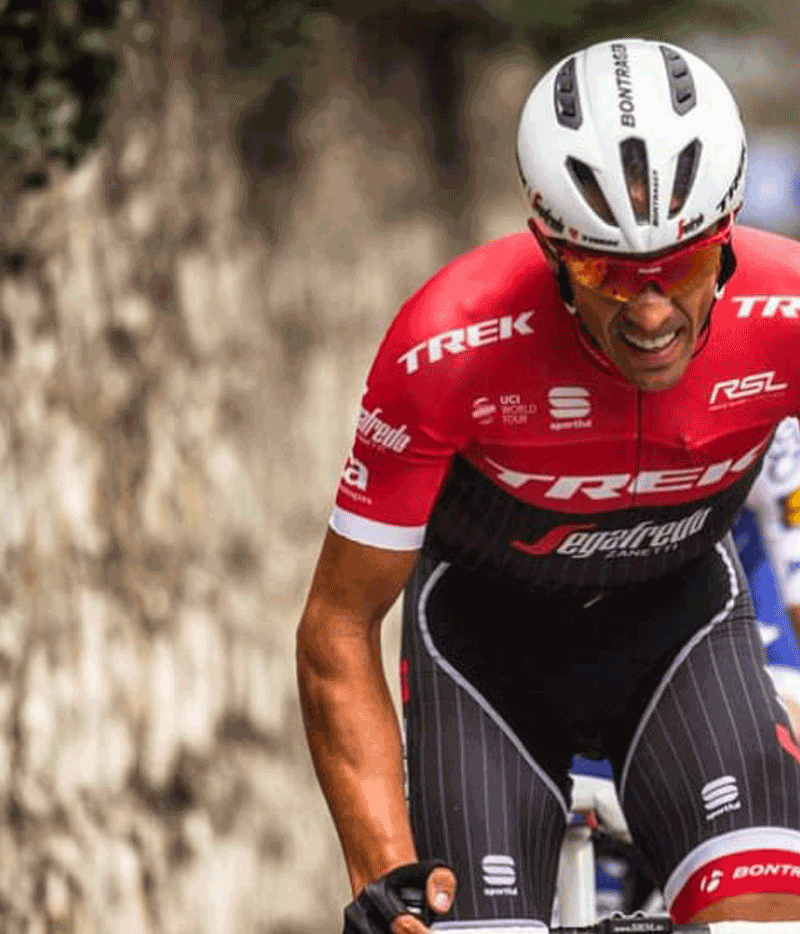SPANISH CIVIL WARMTH
With the first week of the final Grand Tour of the year under our belts it feels like summer is really coming to an end. The first few stages of the Vuelta, with it's sun kissed roads, brightened up our living rooms. With the heating on high and a cold Estrella, you could imagine you’re there. Thankfully the bank holiday weekend has brought a little late summer heat to match, could it possibly last another 2 weeks?! The Vuelta’s popularity has increased over recent years, helped by the transition to a Summer race in 1995. First held in 1935, the race was moved to avoid a clash with the Giro to give us three distinct Grand Tours. The field is often laden with stars, particularly ones that crashed out of the Tour or in need of a season saving victory.
The race has become famous for monstrously steep climbs with several climbs hitting over 20%.
This year we see Chris Froome returning to the race that first hinted to his Grand Tour class, Alberto Contador’s home nation farewell and the uniquely challenging sight of both Yates twins in the same race. As is common the race didn’t start in Spain at all, but the beautiful city of Nîmes in France — the team time trial racing through an ancient amphitheatre to further encourage the idea of riders as gladiators.
We were pleased to see the race enter Spain, or at least Catalunya — an area we were really happy to visit in March to shoot this year’s Spring / Summer collection. Whilst the race didn’t visit Girona, home to the pros, I’m sure they were just as happy to race on familiar territory.
The race has become famous for monstrously steep climbs and this year is no exception with several climbs hitting over 20%. The Alto de Los Machucos features on stage 17 with more than a kilometre at over 25%! If it were me i’d get off and push but I doubt I could walk it without falling over.
The real hero, or villain, of the piece will be the infamous Angliru which we’ll have to wait until stage 20 for. It’s the 7th time the beast has appeared in La Vuelta despite only debuting in 1999. A maximum grade of nearly 30% greets the riders, who we presume will be bringing crampons, climbing rope and the phone number of the local mountain rescue team. The grade averages 9%, which must mean some fairly flat sections somewhere — surely that’ll just make it all the more painful.
It would be great to see Alberto Contador smashing this in a grand farewell to the sport, but for a stage or two we doubted it. Having seen the early exchanges our advice to him would be to abandon on stage 19 unless he can conjure the form of 2008. And just when we thought that that form might be on the banned list now, he goes and lights up the race. The fastest ascents of the Angliru are around 42 minutes, meaning an average pace of nearly 18kph. Chris Horner did it in 43:07 in 2013 with that awful out-the-saddle-using-stupidly-wide-bars technique that offended our eyes for three weeks. Thank god he’s so old that we’ll never see that again. In fact, its a bit of a homer climber — of the top 10 fastest ascents only Horner, Nibali and Pavel Tonkov are non-Spaniards.
I doubt we’ll see a Spaniard taking overall glory this year, as we write Chris Froome’s elbow-bound-shadow hangs eerily over the race with Gianni Moscon looking like a machine who’d drag him around Spain for 3 months if he wanted. Lots can happen in three weeks though, so sit back, hope you don't need the central heating and enjoy!






